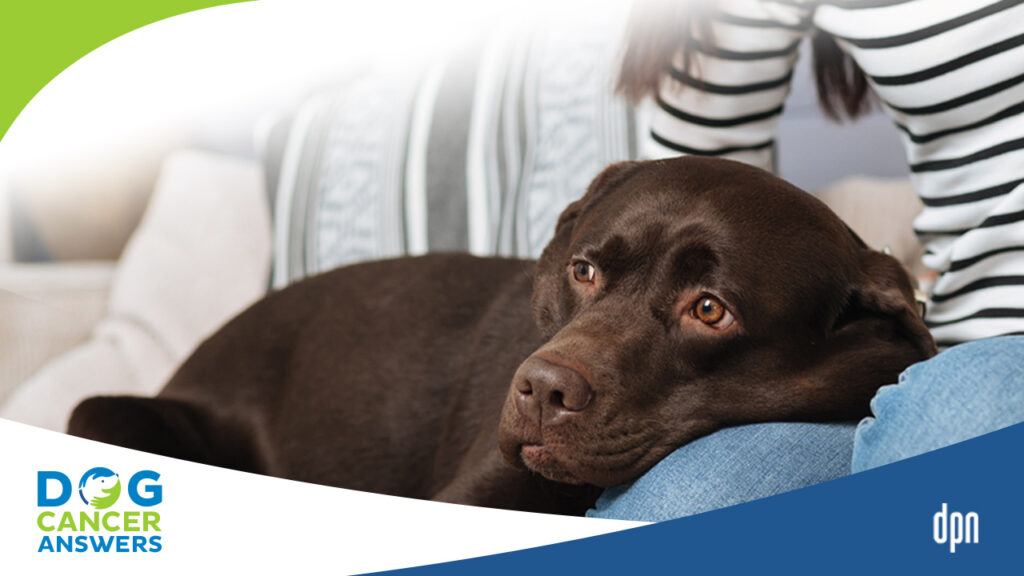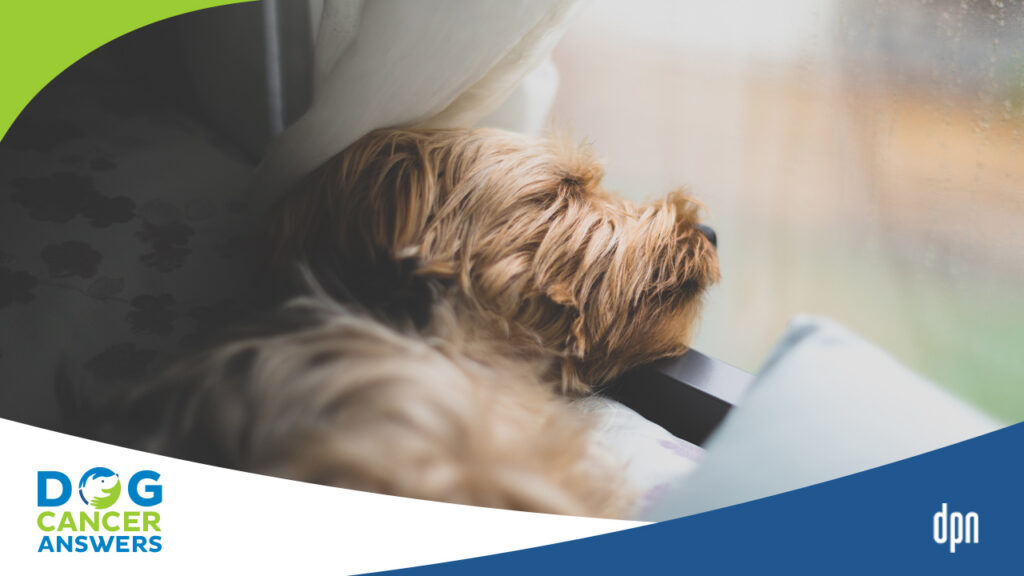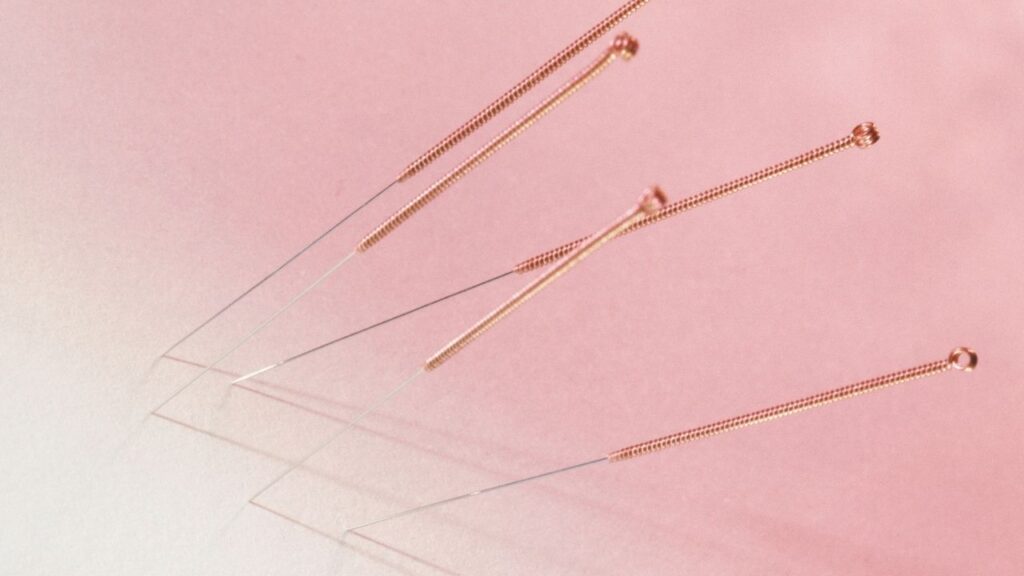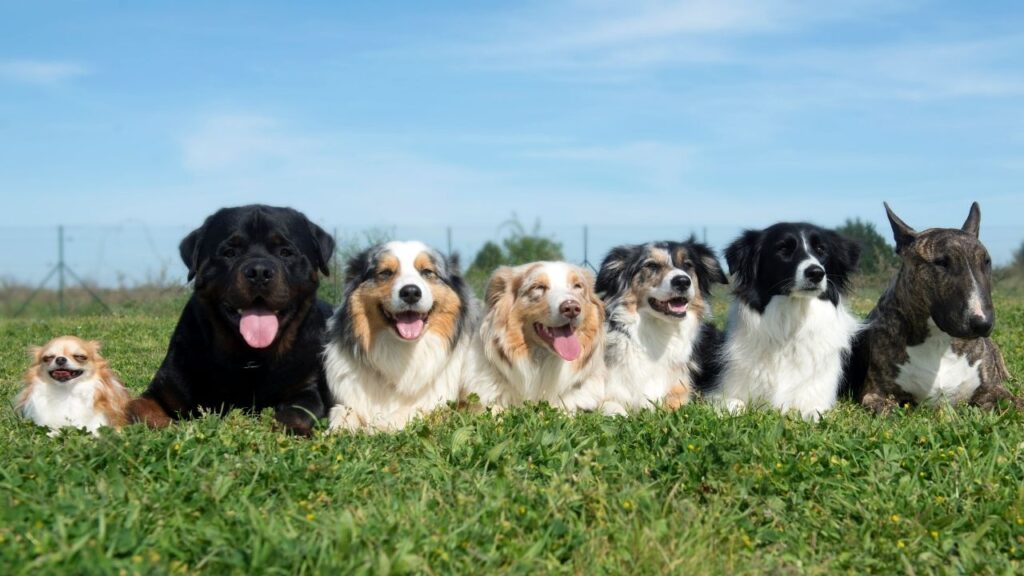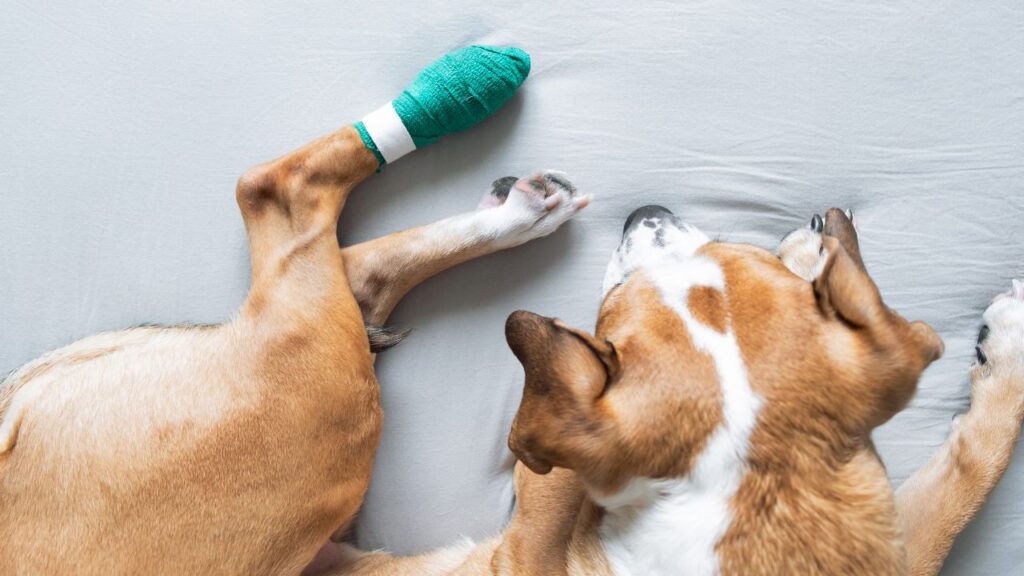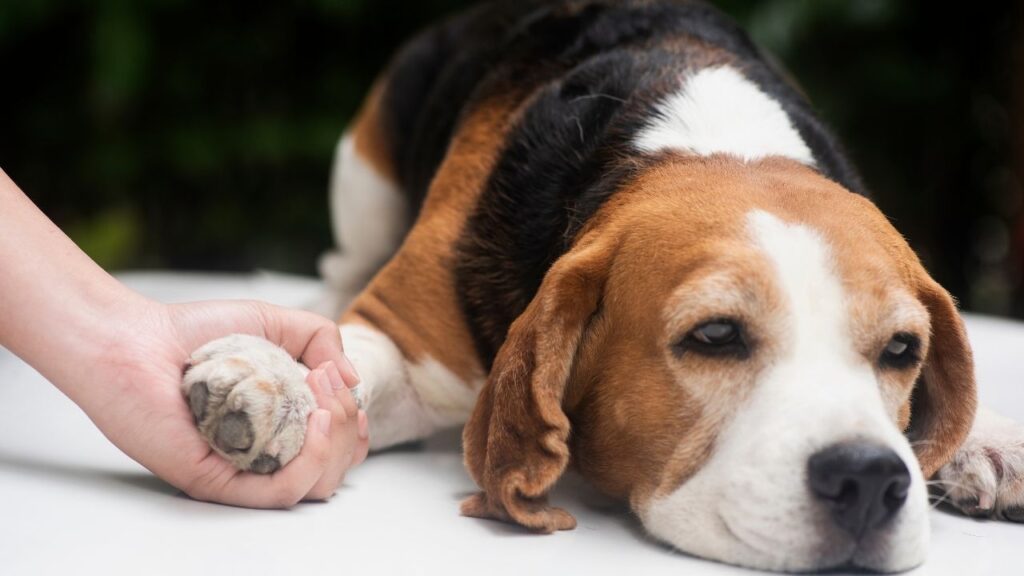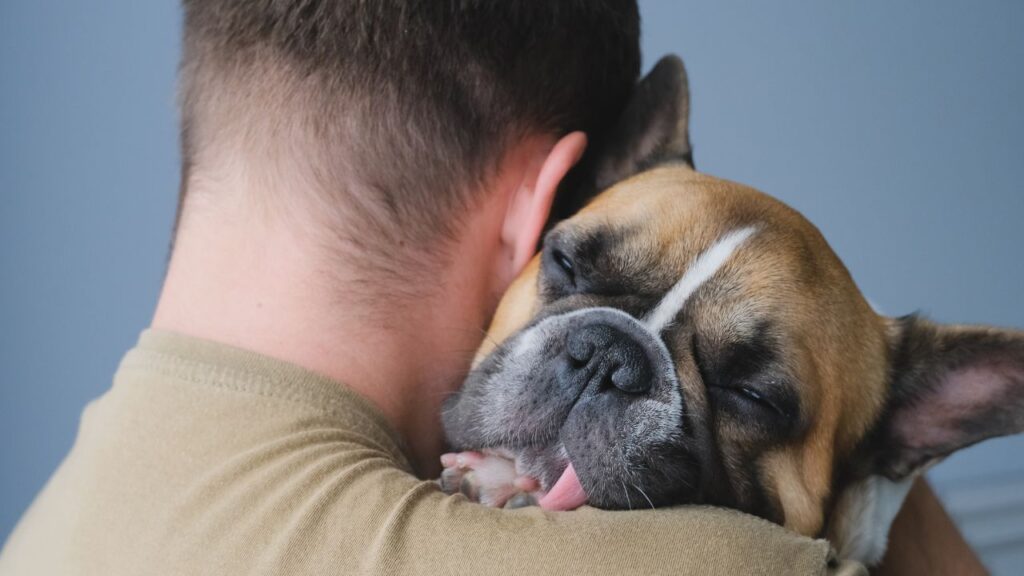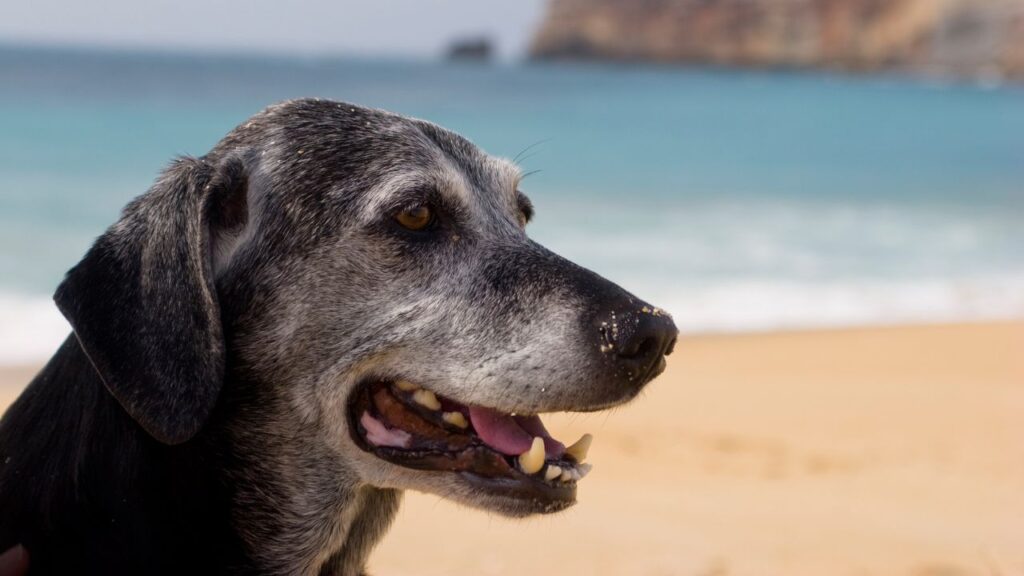Bed Sores on Dogs: Preventing and Treating Pressure Sores
As a dog ages, he or she will spend more time resting, relaxing, and sleeping, which can cause areas of the skin such as the elbows and hips to develop bed sores. Changes in senior skin can also impact skin and coat health. Fortunately, there are plenty of easy ways to help prevent and manage bed sores on dogs, and grooming can be a great bonding activity for you and your dog at all stages of her life.
Key Takeaways
- Dogs with bed sores need the right bedding, gentle increases in exercise or mobility, cleaning, and, usually, veterinary attention for medications and ointments.
- Pressure sores on dogs usually develop on bony areas.
- Pressure sores look like calluses in early stages, but can develop into fluid-filled pouches.
- These can become painful, infected sores, which can then develop into wounds that don’t heal.
- Dogs get bed sores the same way that people do, from lying in one position too long (pressure sores) or urine scalding and eventually breaking the skin (incontinence).
Sick Dogs and Old Dogs Can Get Bed Sores
As dogs age, changes occur to their skin and coat, increasing conditions like calluses and sores. Dogs battling severe illnesses (like cancer) can share some of the hygiene issues of senior dogs. Bed sores on dogs are common when:
- There is a decrease in self-grooming, which can lead to a matted hair coat.
- Changes in their bodies cause abnormal levels of skin oils or dandruff.
Skin issues might also be due to incontinence because urine and feces can irritate the skin and cause bed sores.
- It is common for older dogs to start having accidents in the house as they may be less able to hold urine and stool compared to when they were younger.
- Dogs can also become incontinent, losing voluntary control over urinating and defecating.
- Dogs suffering from incontinence truly do not want to eliminate in the house but can’t control it.
- This can occur as part of the aging process, or it may be the result of a disease process such as bladder cancer.
If your dog has accidents in her bedding or is incontinent, she may develop sores from chronic skin irritation.
Prompt, thorough clean-up is necessary after any accident, and dogs battling incontinence may need frequent baths or to wear diapers.
Bed Sores From Pressure
Bed sores on dogs, also called pressure sores, pressure ulcers, and decubitus ulcers, can develop wherever a bony part of your dog’s body, such as his elbow or hip, contacts a hard surface, such as the ground or floor.
- Pressure ulcers are more likely to occur if the dog lies in the same position for extended periods.
- Older dogs or those with certain diseases may have decreased muscle mass and mobility, increasing the likelihood of developing pressure sores.
Bed sores on dogs may start as thickened areas of hairless skin called calluses, or they can form hygromas, soft pouches under the skin filled with fluid.
Common locations for pressure sores include the legs, hips, and elbows, but may also occur elsewhere on the body. These areas may become painful, infected sores, which can develop into chronic wounds.1
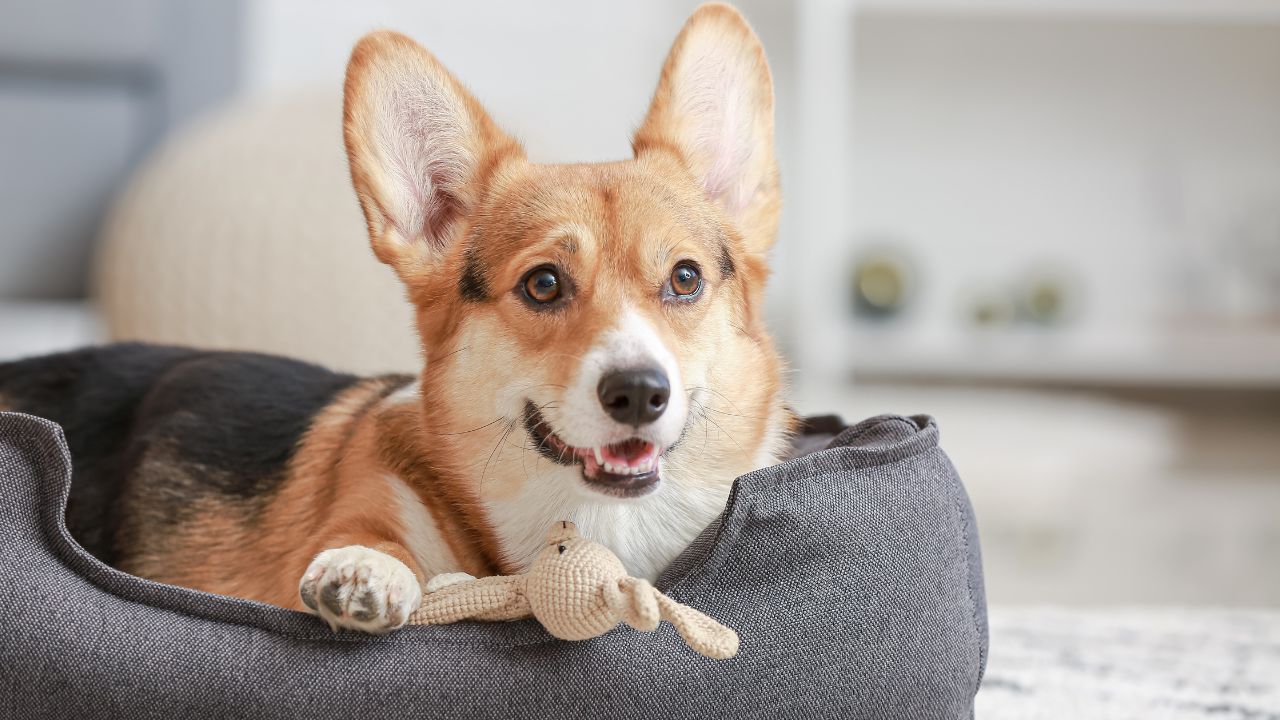 Dogs Prone to Pressure Sores
Dogs Prone to Pressure Sores
Giant and large breed dogs are at higher risk of developing pressure sores. So are dogs with slender builds with minimal body fat to protect bony areas. Bed sores on dogs with short hair may also develop because they have less protection for bony areas on their bodies.
Some examples of breeds at increased risk for developing pressure sores in response to inactivity include:1
- Great Danes
- Mastiffs
- Dobermans
- Labrador Retrievers
- German Shepherds
- Beagles
- Bulldogs
- Greyhounds
- Whippets
- Borzoi
- Afghan Hounds
It is critical to prevent bed sores as they often become a chronic condition that can be difficult to treat and fully heal. This is especially true if your dog is incontinent, because chronic exposure to urine may further slow healing, especially when it irritates the new skin.
Using PEMF for wound healing might help your dog, Dr. Erica Ancier explains on DOG CANCER ANSWERS.
How to Treat Bed Sores/Pressure Sores
If your dog is sedentary, monitor her skin daily for signs of bed sores. Signs that a pressure sore is brewing or has already developed include:2
- Stained hair at the site of a wound
- Constant licking of the affected area
- Color changes in the skin
- Patches of hair loss
- Thick, reddened skin
- Fluid-filled cysts on bony areas like elbows
- An ulcer, abscess, or open wound
Seek veterinary attention if you notice any of these symptoms or suspect your dog is at risk for developing pressure sores. If needed, your veterinarian can help with wound care and provide medications to control pain and treat infection.
Bedding and Cushioning
Soft bedding that is thick and well-padded will help prevent pressure sores on dogs. Put down soft blankets and pillows in your dog’s favorite resting spots. If the pet is older, has existing injuries or arthritis, and sleeps for extended periods, her position should be changed every few hours.2 Roll your dog over to her other side regularly so she doesn’t always have her weight pressing on one area.
Some dogs don’t like padded beds. If your dog refuses to lie on padded beds voluntarily, she may need to be confined to a padded crate or pen. This will prevent her from moving to and going to sleep on the hard floor.
Donut-shaped safety cushions can also be used to protect the bony portion of the hip. The donut gently cushions the hip to minimize the risk of ulcer development.2
Increase Mobility
If your dog has mobility issues, physical therapy, including hydrotherapy, treadmill work, and passive range of motion exercises, may be helpful to rebuild muscle mass and get your dog moving again. Your veterinarian will be able to help you make a plan or refer you to a rehabilitation veterinarian.
Any mobility workup will include evaluating your dog for pain and discomfort. Treating underlying pain may improve your dog’s mobility because she feels better.
Also, be sure your dog has good footing to make moving around easier. Provide traction with carpet squares, yoga mats, rugs, or adhesive stickers designed to go on your dog’s paw pads for extra grip.
If the mobility issues are severe, you may need to support your dog with a lifting harness, sling, or even use a wheelchair. Slings and lifting harnesses are designed to support your pet and can lift the full body or just the rear or front end.
Supporting your dog in a standing position for even a few minutes several times a day can help to relieve pressure and improve quality of life – after all, most dogs want to be moving around and checking out their world, not stuck in the same spot.
Acupuncture
There is anecdotal support that acupuncture will improve circulation to skin and muscle, promoting healing and helping with pain relief.3
Pain expert Tasha McNerney explains how pain works in the dog brain, and how we can help, on DOG CANCER ANSWERS.
Helping Your Dog with Incontinence
Dogs can become incontinent as they age for a variety of reasons. The muscles that hold urine in the bladder can weaken over time, which can cause urinary incontinence. Many underlying disease processes can also cause fecal and urinary incontinence.
Find the Root Cause
If you notice new or worsening incontinence, your veterinarian may suggest diagnostics to investigate the underlying issue. They might suggest a treatment trial – trying a treatment to see if it can improve or resolve certain kinds of incontinence, and moving on to another treatment if the first one doesn’t work.
Keep Your Pup Dry
Reducing skin moisture from urine is critical to maintaining skin integrity, decreasing the likelihood of ulcer and infection formation, and improving the quality of life in dogs with incontinence.
Sheepskin beds help promote airflow to the skin surface. It may also help to clip or even shave down the fur on the abdomen and perineal areas.
The use of pet diapers (with frequent changes) can help promote skin health in incontinent dogs. But make sure you change them because extended wear of a wet diaper can lead to irritated and infected skin, urine burns, and the formation of ulcers.
For overnight care, incontinent pets can rest on beds with absorbent padding, allowing urine to pass freely through a mesh bed to a collection tray. This will keep your pet dry and comfortable throughout the night.2
Basic Grooming
How often a dog should be bathed and groomed depends on the breed and length of the hair coat. Most dogs only require maintenance brushing with occasional baths, but some breeds need more extensive specialized grooming.
Dogs prone to mats or incontinence may need specific areas groomed, clipped, or trimmed, such as around the eyes, muzzle, rectum, or other body parts.
Brushing
Brushing invigorates the skin and promotes blood flow to the area as it removes dead hair and helps to distribute normal, oily skin secretions along the length of the hair coat. Regular brushing will also help to prevent or resolve dandruff.
How often your dog needs to be brushed will depend on the coat type.
- Dogs with long coats, such as a Collie or Shih Tzu, will require weekly or even daily brushing to catch knots and tangles early and prevent mat formation.
- Dogs with dense, thick coats, such as German Shepherd Dogs or Siberian Huskies, will also require weekly brushing to remove dead hair as they shed and prevent mats.
- Shorthaired dogs can often go longer without being brushed but may need more frequent brushing during shedding season.
Brushing can also be a great bonding activity for you and your dog. Experiment with different brush types to find which tool works best for your dog’s coat and is most comfortable for your dog, then plan for regular “spa” sessions.
Nail Trims
Keeping a dog’s nails trimmed short will help with mobility and prevent injuries from scratching at traumatized areas.
Make nail trimming a positive experience by using lots of treats and praise. If your dog is unsure, start by only doing one paw or even one nail at a time, then take a break and play. Over time she will get used to the routine.
If you are concerned about hitting your dog’s quick and hurting her while trimming nails, take a small amount off the tip once a week. This reduces the risk of making her bleed, and will wear her nails back over time.
Nail grinders can also be great for a less stressful nail trim and leaving smooth edges, but it will take some time to get your dog used to the noise and vibration before you can do any serious trimming.
Baths
Most dogs do not require regularly scheduled baths. Bathe your dog if her coat feels gritty or greasy, or if she develops an odor.
- Dog shampoos are the best choice, as these products are formulated for canine skin.
- Colloidal oatmeal can be particularly helpful for promoting healthy skin.
- If your dog has chronic skin issues, your veterinarian may prescribe a medicated shampoo. Follow the directions on the bottle for the best results.
Warm whirlpool baths and sponge baths can help prevent bacterial growth and skin degradation contributing to pressure sores. A whirlpool bath is a gentle massage stimulating your dog’s skin and muscles. Sponge baths can be used to spot clean problematic areas for dogs with incontinence or other skin issues between full baths.
Topics
Did You Find This Helpful? Share It with Your Pack!
Use the buttons to share what you learned on social media, download a PDF, print this out, or email it to your veterinarian.

